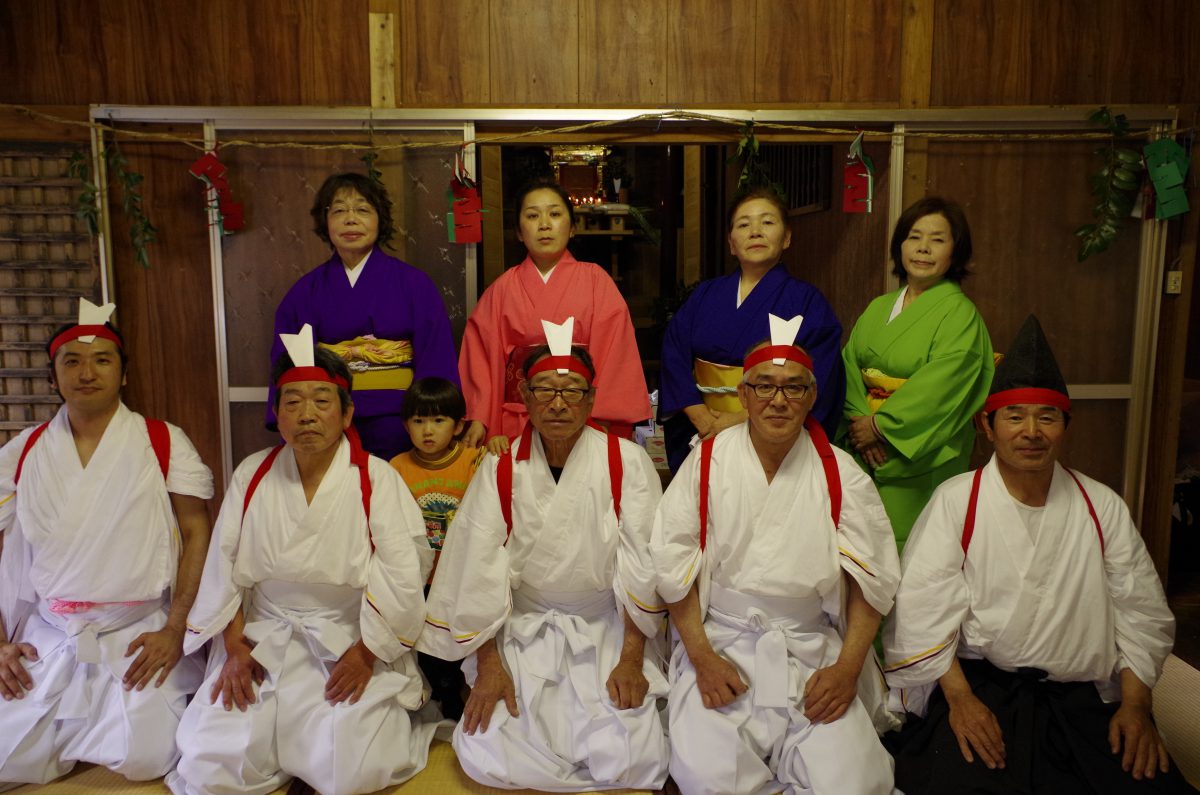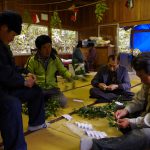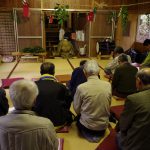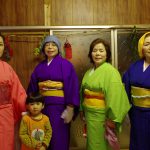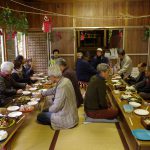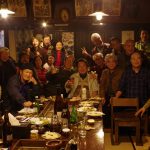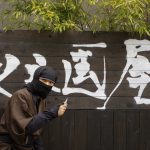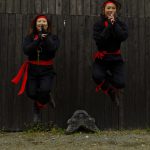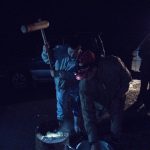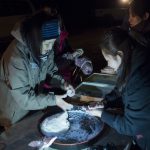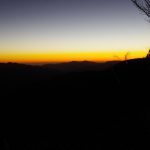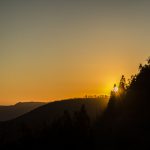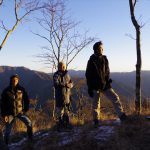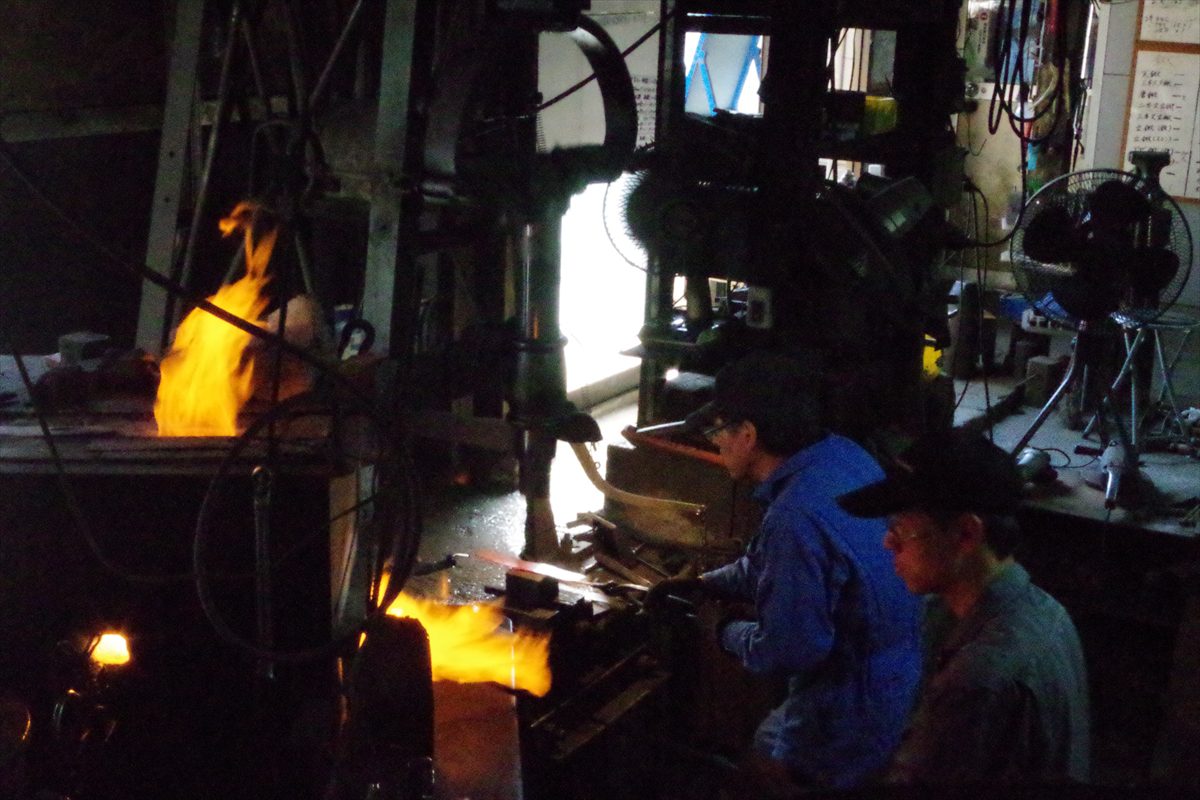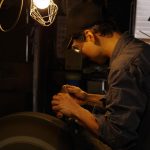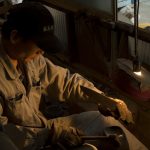Finally, I have a chance to write about our proud ritual, Hagi Kagura. Hagi is one of five villages of Gokanosho. It’s a small populated village with 7 houses and only 11 residents, where Heike-so and Sakura-so Minshuku accommodations are located. We celebrated a Shinto festival on 11 April to say a prayer to the gods of mountain thanking for bringing peace to our life and for the safety of our every day job by performing sacred dances. The dances is said to have been handed down from Takachiho and one of the neighbouring villages Shiiba in the 17th century, so we can find some similarities between those dances. I am also a member of Hagi Kagura even though I am not a resident of Hagi village, the dancer s had to be the residents of Hagi originally. However, due to lack of residents, they asked me to join in this and I was glad to be part of them. I dance and play a drum as well depending on the dance. in this ceremony, a Shinto priest say a prayer to the gods first and we offer sacred branches of “Kami Sakaki”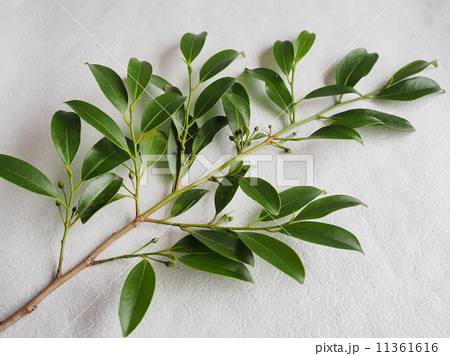 , then we are ready to show our dances to the gods. Ladies also perform the dances but we need to close the door to the main building where a goddess i sitting, because we believe she might feel jealous seeing ladies dancing. After the ceremony, we hold a party with all participants who are fans and friends of Gokanosho.
, then we are ready to show our dances to the gods. Ladies also perform the dances but we need to close the door to the main building where a goddess i sitting, because we believe she might feel jealous seeing ladies dancing. After the ceremony, we hold a party with all participants who are fans and friends of Gokanosho.
And please watch the digest of the Hagi Kagura as the following footage.

